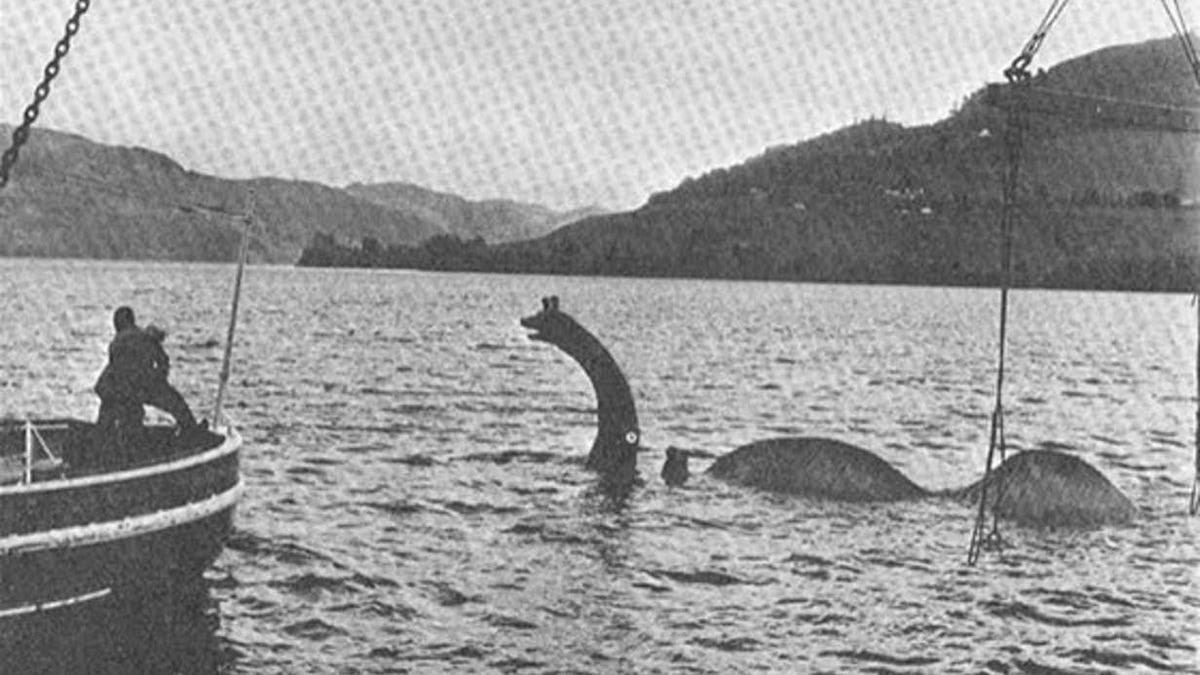Scientist reveals Loch Ness monster hunt results, and it's disappointing
The search for Nessie collides with some cold, hard science.
Geneticist Neil Gemmell went to Loch Ness in Scotland with an open mind and a clever scientific approach to finding the legendary sea monster Nessie. His research team sampled the lake's environmental DNA (eDNA) to catalog the critters living in its dark depths.
Gemmell revealed the results of the study during a livestreamed press conference on Thursday from the Loch Ness Centre and Exhibition near the lake. Nessie fans, cover your eyes.
The researchers found evidence of 3,000 species in the water, but none of them were giant reptiles, dinosaurs or other animals that might match up with the popular image of the mythical sea monster. Gemmell did offer an alternate theory: that Nessie might just be a very large eel.
Gemmell's team found large amounts of eel DNA in Loch Ness. "The sheer volume of it was a bit of a surprise," Gemmell said, noting the study didn't determine the size of the eels the DNA came from.
Fans of unusual phenomenon have been eyeing the lake for years, looking for signs that Nessie is real. Some have suggested the creature is a type of ancient aquatic reptile called a plesiosaur that managed to survive in the lake's depths. Gemmell, who runs a lab at the University of Otago, New Zealand, found no signs of a plesiosaur in the eDNA study.
The eDNA approach works by sampling the water from the loch and sequencing the DNA from the little bits of shed fur, skin and scales found there. The 250 water samples came from different locations and depths around the lake. The eDNA turned up evidence of minnows, amphibians and even humans and dogs.
A documentary called Loch Ness Monster: New Evidence will delve into Gemmell's findings and air on the Travel Channel in the US on Sept. 15.
This study probably won't deter Nessie fans who have been fueled for decades by fuzzy photographs. A site dedicated to Loch Ness monster sightings counts 14 Nessie cameos in the lake already this year. Maybe this is one mystery we should continue to embrace. It's too much fun not to.


